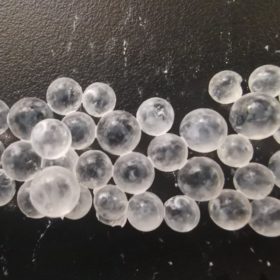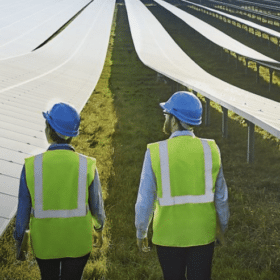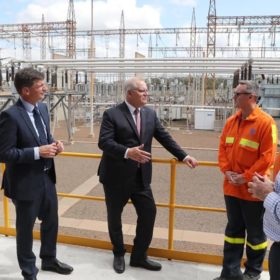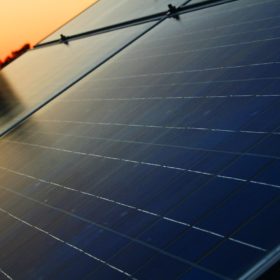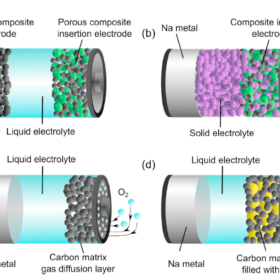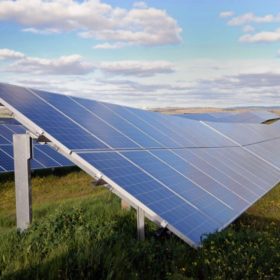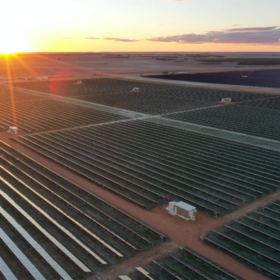Passive solar module cooling based on hydrogels beads and nanofluids
A British-Egyptian research group has tested the use of hydrogels beads for PV module cooling. The micro-sized particles were saturated with aluminium oxide (Al2O3) water-based nanofluids and placed below the simulated PV panels. The experiment showed, according to the scientists, that the hydrogels beads were able to significantly reduce the temperature by between 17.9 and 16.3 degrees Celsius.
Macquarie sets up unit to build 8 GW solar project pipeline in Europe
Green Investment Group, owned by Macquarie, has launched Cero Generation, which will operate on a European scale and carry out both ground-mounted and commercial scale power generation projects. It will also provide integrated energy storage solutions.
US alternative investment fund backs Social Energy for rapid Australian expansion
UK-based Social Energy launched in Australia with the help of shareholder Shane Warne back in 2019. Now the smart energy firm is being backed with a significant investment from US-based alternative investment fund manager CarVal Investors in order for the company to rapidly grow Down Under.
UK assembles experimental hydrogen network from decommissioned gas infrastructure
The £12.7 million project will explore how to transport pure and blended hydrogen for use in heating and industrial purposes. Construction will start next year.
Despite public sentiment, Morrison government goes it alone on gas
Australia is increasingly at risk of becoming “internationally isolated” with Prime Minister Scott Morrison declaring his government will not be dictated to by other countries on energy and climate policies.
Major economies should divert fossil fuel Covid-recovery cash to clean energy before it’s too late
A report by Finnish company Wärtsilä has estimated the potential impact if every dollar committed to a non-renewables energy sector recovery was instead funnelled to clean power.
An optimistic – but realistic – perspective for sodium batteries
International researchers have analysed the potential of sodium-based energy storage and found recent technical advances have arrived faster than those for the lithium-ion batteries which have been studied for three decades. Issues remain, however, before sodium constitutes a complementary option to lithium.
‘Nuclear power is now the most expensive form of generation, except for gas peaking plants’
The latest edition of the World Nuclear Industry Status Report indicates the stagnation of the sector continues. Just 2.4 GW of new nuclear generation capacity came online last year, compared to 98 GW of solar. The world’s operational nuclear power capacity had declined by 2.1%, to 362 GW, at the end of June.
John Laing continues to bleed red ink with its Australian solar projects stuck in the slow lane
In its H1 2020 report, the UK-based infrastructure investor revealed it had suffered substantial losses, mainly due to performance issues on its renewable energy projects. Two of the company’s Australian solar farms were particularly badly hit by transmission and equipment issues.
Energy storage investment to approach $10bn in 2025
Analyst IHS Markit has predicted storage will rebound this year following its first year-on-year decline in 2019. The technology is being rolled out at pace despite Covid-19 with state-level policies set to keep the US the global capital for the next five years.
